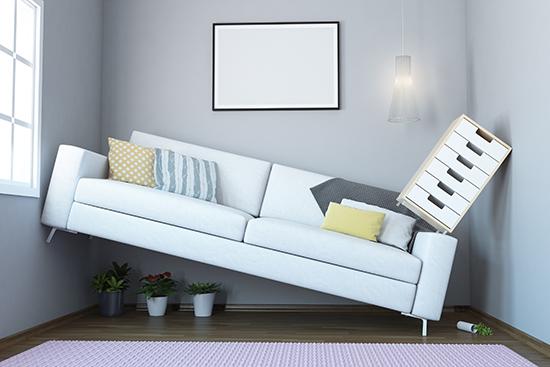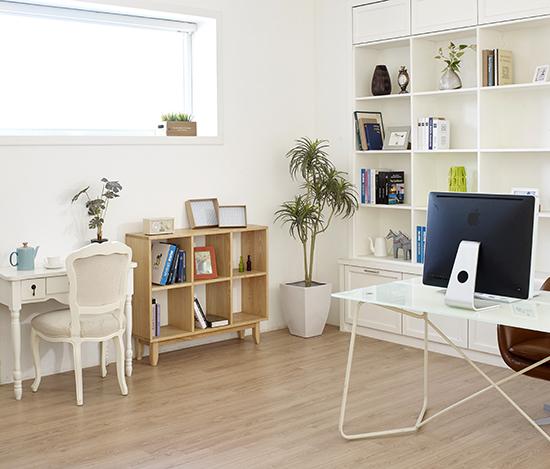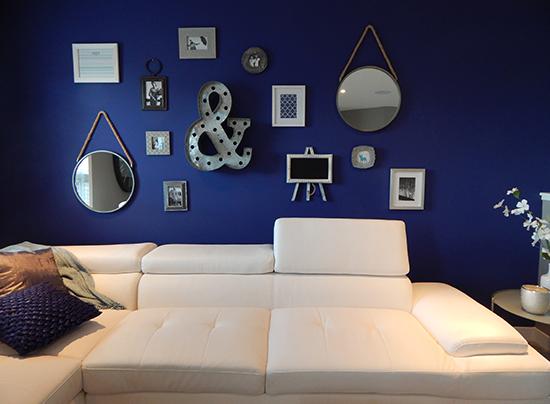Designing for a small space presents its own particular challenges. With a few clever ideas you can create something interesting that isn’t too expensive.

Storage
Storage is one of the most essential elements of designing for a small space. To start with, determine which areas of the space are unused or used the least. For instance, wall space above doorways can be used for shelving and the space under beds can incorporate fitted drawers.
Consider full height wardrobes that contain additional shelving. Sliding doors are another great space saver and are particularly useful in bathrooms and on wardrobes. There are numerous clever solutions available in stores but for a particularly tricky space it is worth getting a quote from a local carpenter.

Vertical space
Taking advantage of the vertical space in a room frees up as much floor space as possible. You can start with something as simple and elegant as ladder shelves. These can be purchased or even upcycled if your budget is really tight. For a built-in look you could contact a local carpenter for a more bespoke solution. This could result in something very minimal and hidden that almost fades in to the background, or it could be used to create a real focal point in the room.
If the space you are dealing with has a particularly high ceiling, you could even create an entirely new room on a mezzanine level. This is something designers have been doing in tiny city centre apartments for years. Elevating the sleeping quarters is a straightforward and clever way of separating a bedroom area from a living area.
Color
Sometimes using bold colours can be feared, particularly in a small space where you might think it will make the room appear even smaller. However, I would argue that a beautiful room that feels cosy is much more worthwhile than creating a space that feels roomy but cold and uninteresting.
Be bold with color and go with your instincts, but keep the balance. A space with all walls in bold color is going to look striking, but adding in many decorative accessories on top of this might look cluttered. One bold colored wall next to a plain wall decorated with artwork would be a beautiful contrast.

Accessories and finishes
If bold colored walls are not for you, consider brightly colored textiles and accessories to add warmth. Another obvious and straightforward way to brighten a small space is to add mirrors. These can be included as an accessory or they can be integrated within finishes. For example, you can use reflective wallcoverings, or mirror topped tables and cabinets. You could even cover a whole wall with mirrors. This would certainly brighten a space but if glare is an issue, consider a mirror with a finish. There are thousands of types of mirror available; such as antique, colored and smoked.
Even the type of tile used can have an impact, especially in a kitchen or bathroom. High gloss tiles are going to add brightness and freshness. As well as this, consider high gloss cabinets, worktops and paint for a particularly small area where light is essential.
Have you designed the interior of any small spaces? What tips have you found that worked well?
